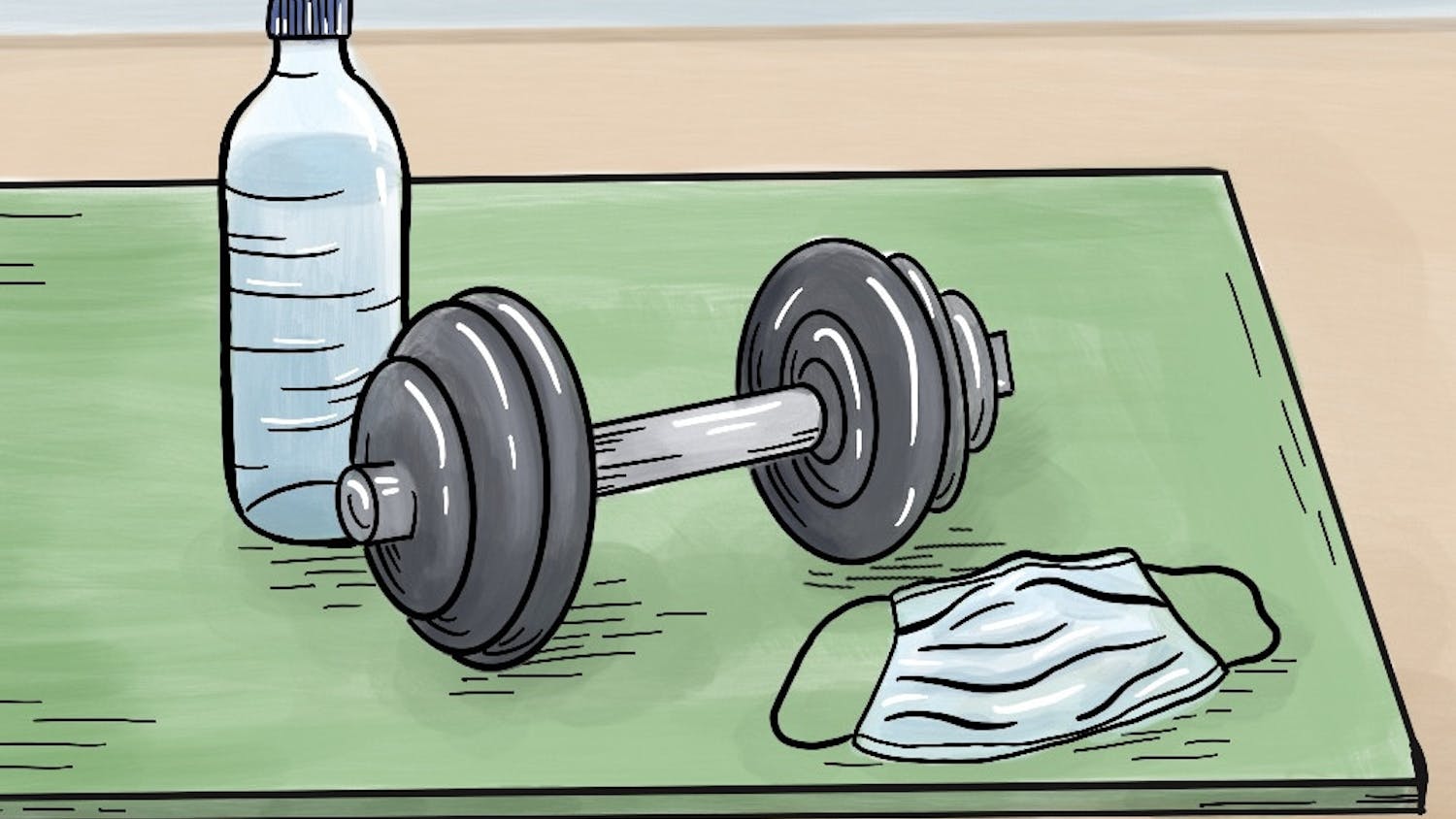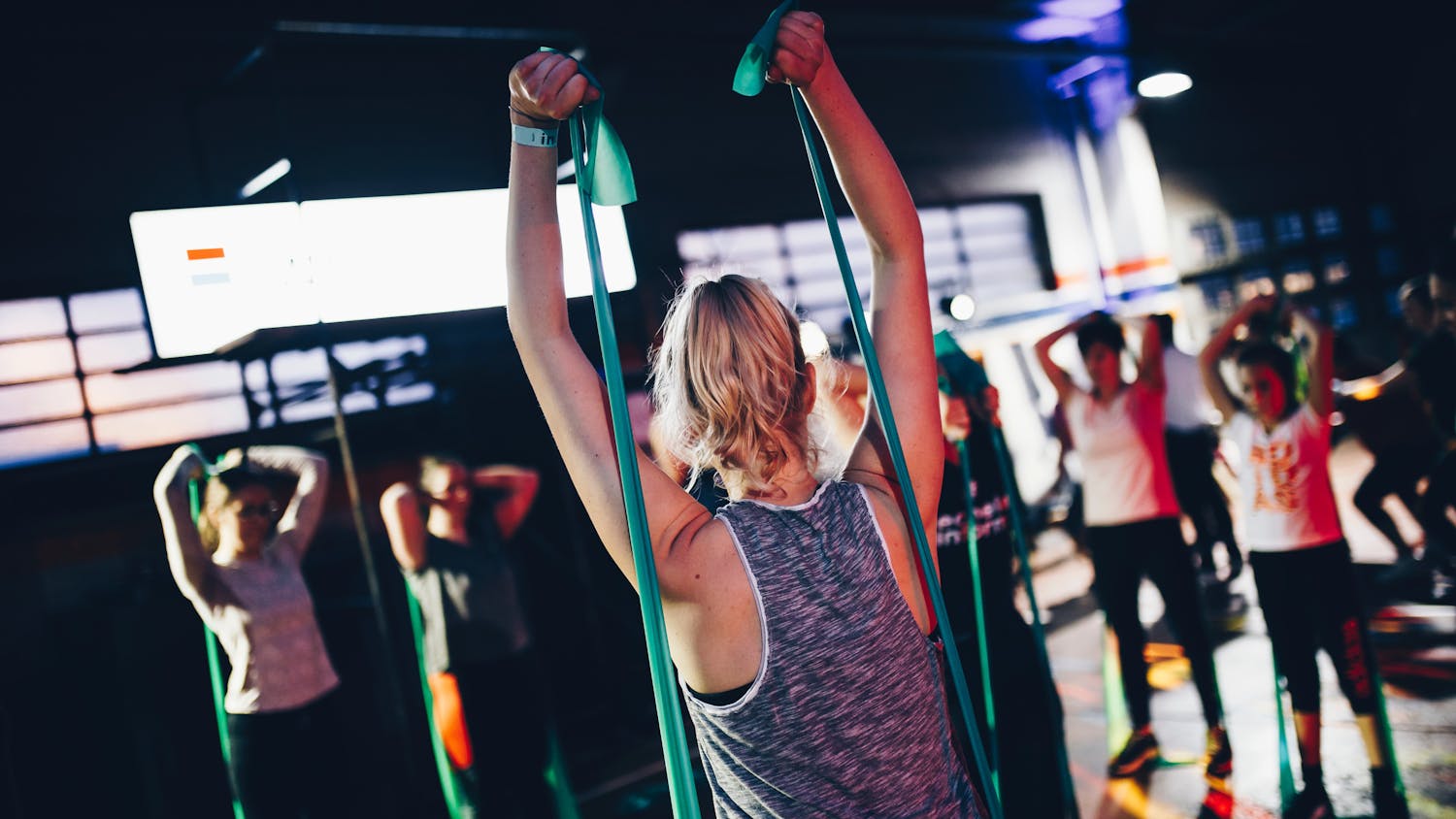This week I will talk about the difference between free weights and machines and how you can incorporate them into your workout regimen.
Say you go to the gym to workout your upper body, but you're not sure what to do. On one side of the gym, you see someone bench pressing 135 pounds with a barbell and two plates. On the other side, you see someone else working his chest too, but is using a cable crossover machine. Both methods work the chest, but which one should you do?
With a variety of free weights and machines littered everywhere in the gym, it can get pretty confusing as to what piece of equipment you should use when you workout. The good news is that both free weights and machines are beneficial to your health when lifting weights and here's how:
Free Weights
Free weights employ various muscle groups that help control and stabilize the weight when you perform a lift. For example, the barbell squat works the quads, hamstrings, glutes, calves and your core. Free weights include, but are not limited to: barbells, dumbbells and kettlebells.
Pound for pound, free weights will help you become stronger and will help your balance and coordination. It also strengthens the different stabilizer muscles in the joints that are not worked using machines. You will also burn more calories using free weights.
The problem with free weights is that while the body will move more naturally (everyday movements like squatting or lifting an object over your head), learning the proper technique and form takes serious instruction and time. If you want to get stronger and bigger, use free weights. Also, if you prefer to workout at home or want to get the most out of your workout as efficiently as possible, free weights are the way to go.
Pros:
+ Promote faster gains in strength and size
+ Require more balance and coordination employing different muscle groups and the tiny joint stabilizer muscles
+ Less expensive than machines and take up less space
+ Very versatile -- with two dumbbells, you can do a total body workout
+ More functional -- you can move your body through natural motions and movements that mimic real life activities like squatting
Cons:
- High risk of injury -- free weights result in more injuries than machines, and you can seriously hurt yourself if you do not use proper technique
- Harder learning curve -- free weights require skill and coordination, and learning the proper technique and form takes a while
- Require a spotter
Machines
Machines run on a predetermined track or motion so that a single group of muscles is worked. For example, the leg extension machine will only work the quads and the leg curl machine will only work the hamstrings.
For novice weight trainers and rehabilitating athletes, safety is key. Machines come with instructions and diagrams and their predetermined tracks ensure that you won't over-extend or under-extend your limbs during the range of motion of an exercise. You also won't need a spotter.
Machines are also very simple and easy to use as all you have to do is adjust the weight and either push or pull while the machine creates the resistance. Moving from machine to machine is quick and you won't waste time by adjusting a barbell or grabbing different sizes of dumbbells like with free weights .
The problem with machines is that because they have a predetermined path, they're almost too supportive. Working a single group of muscles means that you won't work multiple groups of muscles at the same time, and you won't work the body in a natural, functional way. You also won't burn as many calories.
While having a fixed path allows for safety and a small learning curve, it doesn't allow someone to work on their weaknesses, especially if one arm or leg is weaker than the other, the stronger limb will be doing most of the work. Last, machines provide people a false sense of strength. Lifting a heavy box in real life is significantly different from using a machine, and just because the machine says you are lifting 100 pounds, doesn't mean you can lift a 100 pound box.
If you are in a hurry, are rehabbing an injury or are just starting to workout, go with machines.
Pros:
+ Safer than free weights
+ Easier to use than free weights
+ Isolate single groups of muscles
Cons:
- Does not work the different stability muscles in your arms and legs
- Works both legs and arms at the same time, but doesn't help if one leg or arm is weaker than the other
- False sense of strength
Best of Both Worlds
When it comes down to it, the use of either piece of equipment depends on what your exercise goal is and what muscles you are going to workout. If you plan to get in shape and are just starting to workout, then it is best to start with machines. If your goal is to get stronger and bigger, then free weights are the way to go. If you plan to work one group of muscles for a workout, you can do a combination of both. What is usually recommended is starting out with machines and gradually progressing to free weights.
Hope this helps, and next week I will go over some activities you can do to stay in shape and have fun with during spring break.
Stay healthy, Gators!





